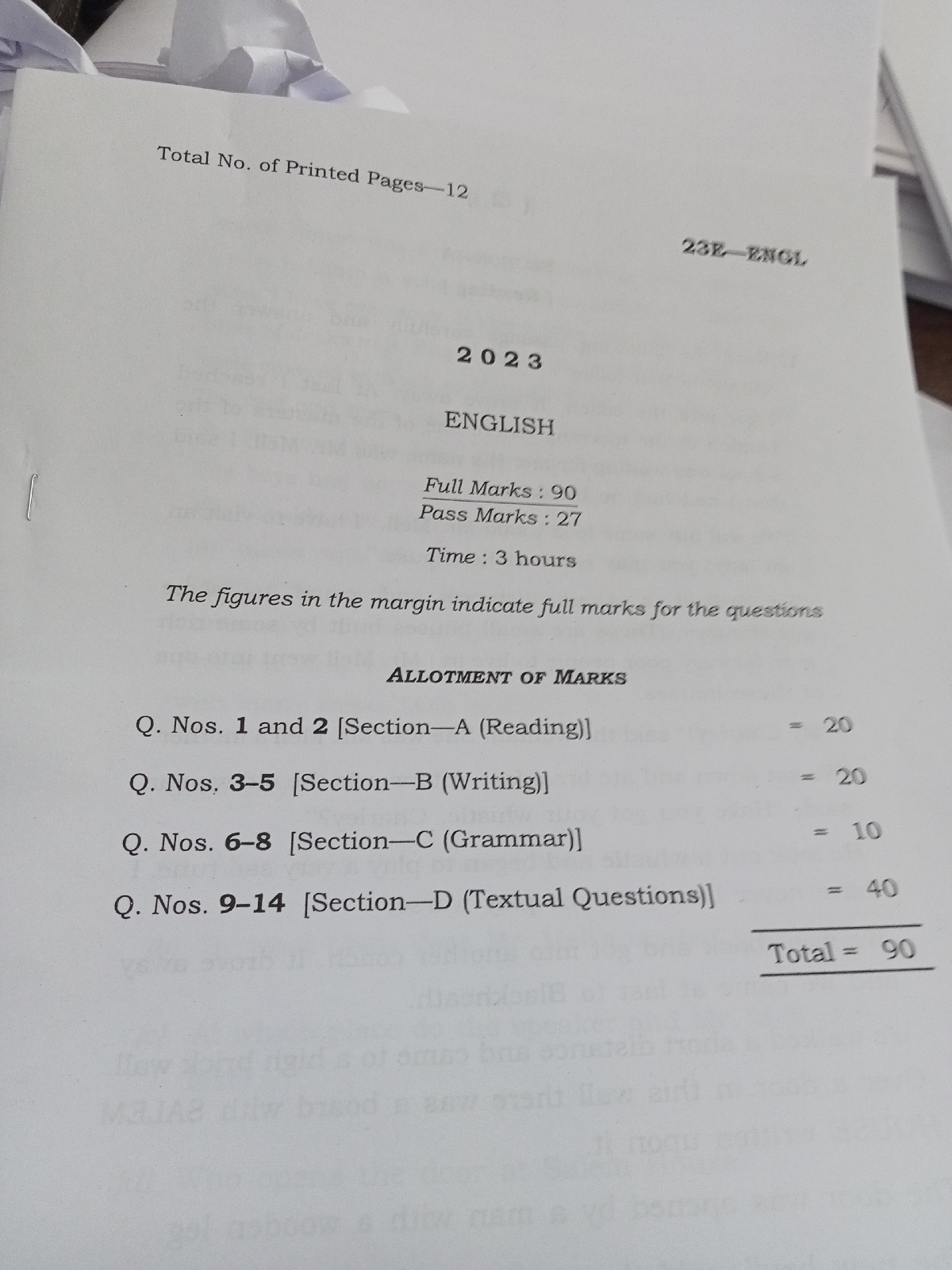1. Critical Appreciation "Ode to Autumn" by John Keats is a masterful exploration of nature's transient beauty and the cyclical nature of life. Composed in September 1819, it stands as one of the finest examples of Romantic poetry. Keats, a prominent figure in the second generation of Romantic poets, skillfully employs vivid imagery, sensory detail, and evocative language to celebrate the autumnal season. The poem unfolds in three stanzas, each capturing a distinct aspect of autumn and its significance. In the first stanza, Keats portrays autumn as a time of abundance and fulfillment. He paints a rich tapestry of ripening fruits, blooming flowers, and the labor of the harvest. The language is lush and vibrant, creating a sensory experience that immerses the reader in the sights, sounds, and scents of the season. As the ode progresses, the second stanza shifts focus to the activities associated with autumn. Keats personifies the season, endowing it with a sense of purpose ...
